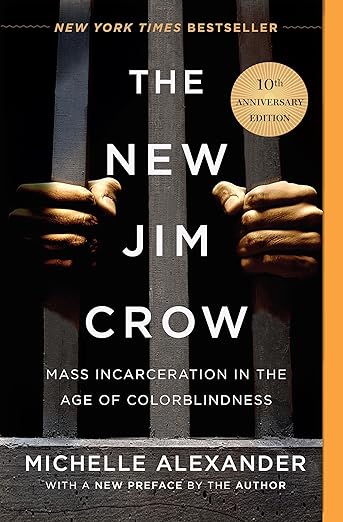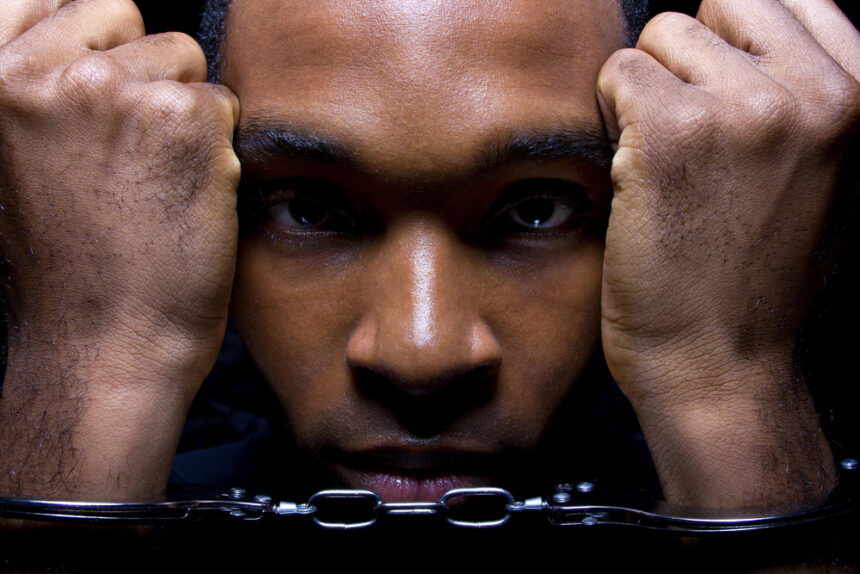
In her book new jim crow In (Alexander, 2010), Michelle Alexander argues that overt discrimination based on race is no longer socially acceptable, but discrimination against those convicted of crimes is. She points out that while America’s crime rates are roughly on par with other Western countries, incarceration rates have consistently risen, even though the country’s crime rates are below the international average. This sharp increase has been driven by drug policies, the enforcement of which falls disproportionately on people of color. As a result, the United States incarcerates more people of color than South Africa did at its peak. apartheid.
On the other hand, criminologist Barry Lutzer disagrees with Mr. Alexander’s views.It is difficult to seriously debate whether the War on Drugs™ impacts all subgroups of the population equally. Consider that in 1985, prior to the passage of the Drug Abuse Prevention Act of 1986, of the approximately 22,000 inmates arrested primarily for drug offenses, 39% were black and 38% were white (Mitchell, 2009). By 2003, arrests had increased five-fold, with 53% of detainees being black and 30% being white. To further illustrate this issue, by 1999, approximately 2% of the black population was incarcerated, and one in ten black men between the ages of 20 and 30 was incarcerated in state or federal prison (Bobo & Thompson, 2006). As Simon (2007) observes, because of the disproportionate proportion of incarcerated young black men, prisons play a more important socializing role in affected communities than college, marriage, or the military, exerting socializing effects similar to those of the labor market.
That has to be asked. What justifies these disparities? The differential involvement paradigm would reveal that minorities are arrested, convicted, and imprisoned more often simply because they engage in more criminal activity. Indeed, this is the view of many policymakers and law enforcement officials. and many peopleHowever, it has been repeatedly shown that Black and White people use and sell drugs at similar rates (Rosenberg, Grooves, Blankenship, 2017). Furthermore, a look at crimes unrelated to drug activity, such as rape, robbery, and assault, shows that blacks and whites of similar socio-economic status commit such crimes at roughly equal rates. (Harrell, Langton, Berzofsky, Couzens, and Smiley-McDonald, 2014). Therefore, the difference in involvement is Why Black people are up to 57 times more likely to be incarcerated for drug-related crimes than their white counterparts..
The answer lies within discriminatory selection, where enforcement efforts tend toward certain characteristics that are more easily visible. As Mitchell and Caudy (2015) observe, Hispanics, but also blacks (who have higher incarceration rates than whites), tend to congregate in lower-class inner-city neighborhoods where drug activity is more open and transparent, such as on the streets, on corners, and in “crack houses.” In contrast to the large, clandestine transactions between employees in more affluent areas, transactions in these neighborhoods tend to be small, frequent, and among strangers with little, if any, personal loyalty. Finally, when small dealers and subcontractors become redundant, these entrepreneurs naturally form gangs to protect their interests in distribution areas, which leads to street violence.
This makes targeting these areas a rational course of action for law enforcement. With the mission of curbing both drug supply and use, measures such as street cleanups and raids on drug dens allow policymakers and law enforcement officials to score more and more wins despite no discernible decline in either supply or demand. Adding to the absurdity of this discriminatory choice is that the majority of incarcerated black people are convicted of possession, not trafficking or distribution, despite the U.S. Sentencing Commission’s recognition that the majority of users are white (Nunn, 2002). All of this creates a perpetuating cycle of racially motivated enforcement bias, legitimizing it by creating and promoting a paradigm in which existing perceptions are justified.
Under current federal and most state laws, most drug crimes are classified as felonies, even possession of small amounts of illegal drugs. This has significant negative consequences for individuals convicted of these crimes.. People with felony convictions have been shown to earn significantly less. Even those who were skilled workers before their conviction were more active in the labor market than others during their lifetime. This is not only due to lost wages while incarcerated, but also the stigma that private employers often place on felony records and the loss of social networks that alert members to legitimate opportunities. Convicted individuals are generally ineligible for student loans to further their education, admission to military service, and other similar tools known to increase socio-economic mobility. Perhaps most insidiously, people convicted of serious drug offenses are disenfranchised and often able to push their case to policymakers who have little incentive to address drug crime concerns. Can not. people who can no longer voteIt is important to realize that the above effects are consequences that accrue to the individual prisoner. Families and communities are also affected, often leading to an intergenerational cycle of reduced socio-economic mobility and increased crime (Gust, 2012), (Foster & Hagan, 2009). This subject requires its own treatment and will not be discussed in detail here.
Turnell Brown is an Atlanta-based economist and public policy analyst.







